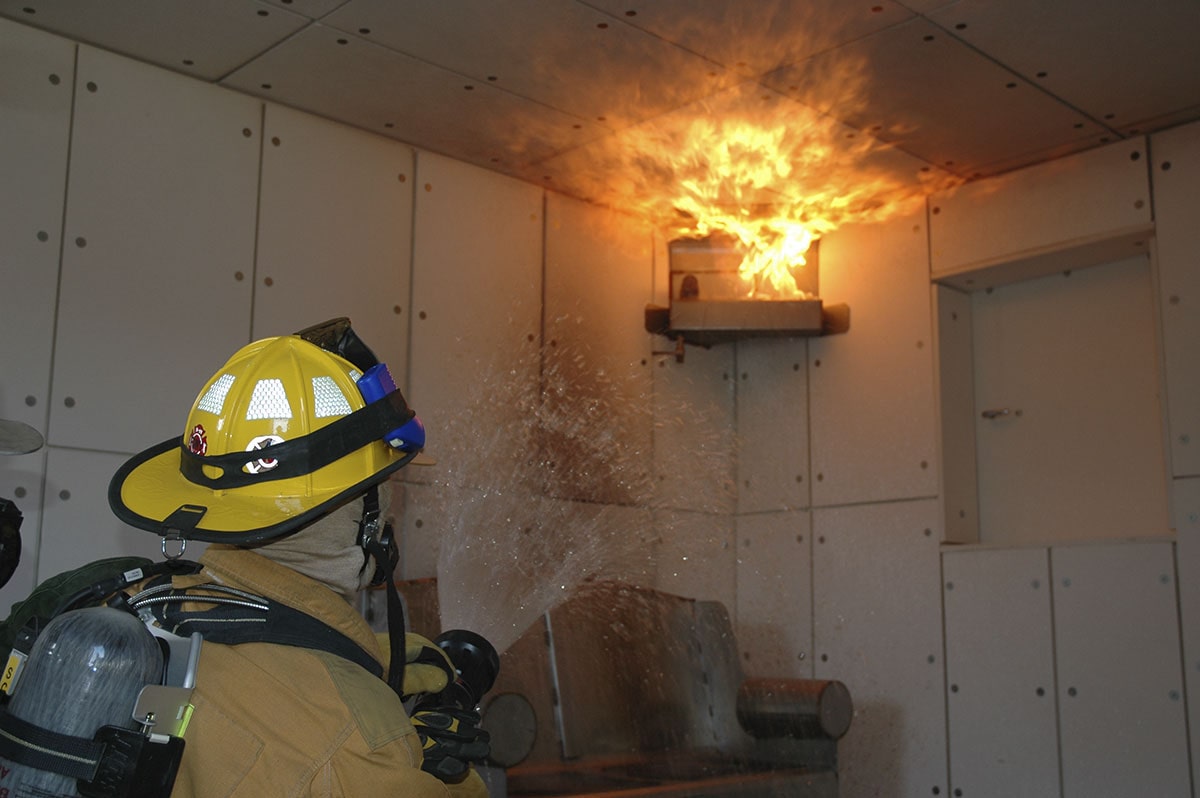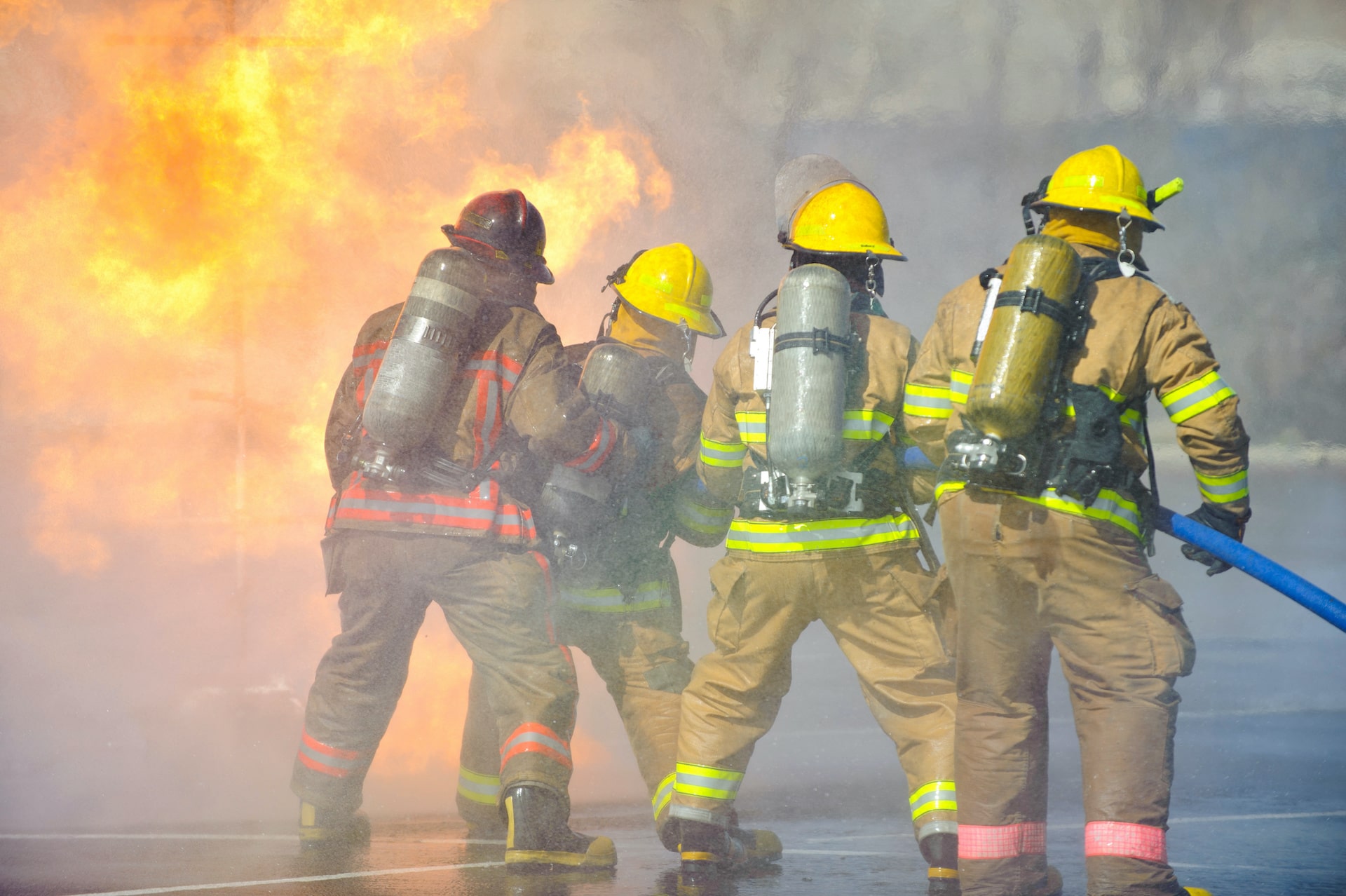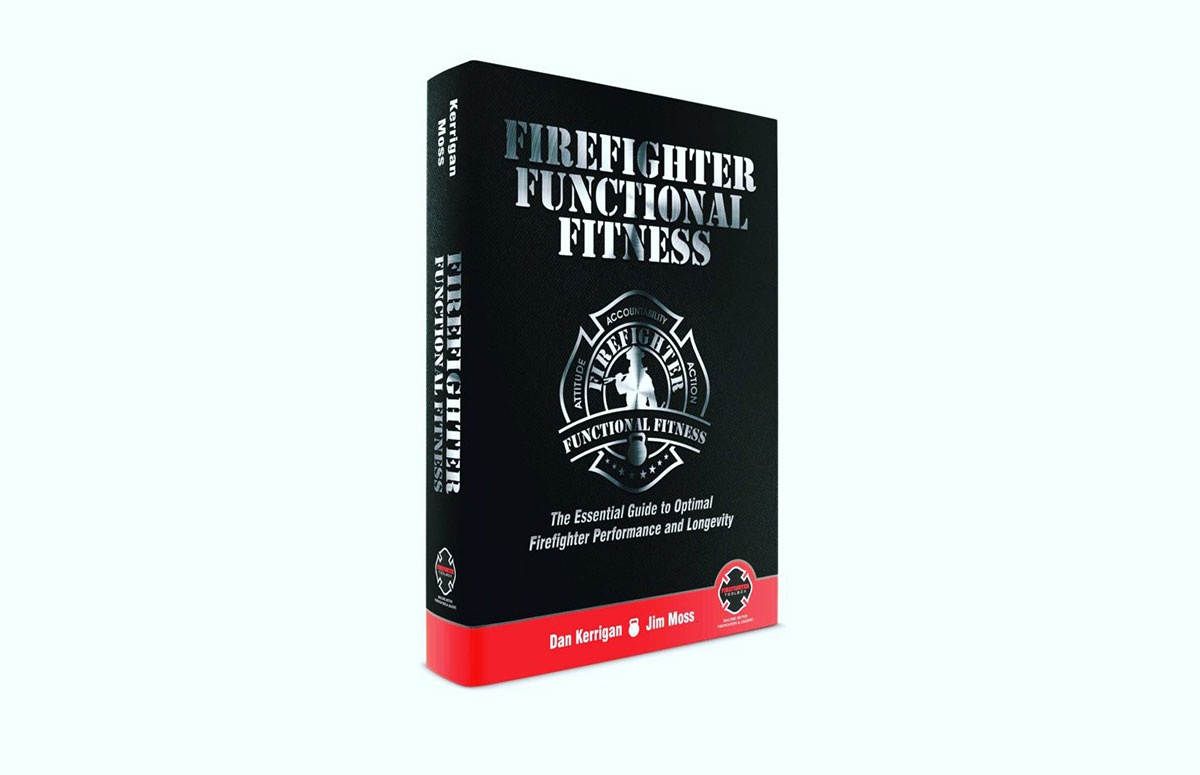
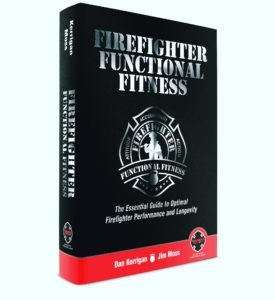 One of the most important benefits of functional fitness training for firefighters is that it incorporates common fireground movements and equipment into your fitness training regimen. The result is that you not only increase your performance on the fireground and your career longevity, you improve skill proficiency as well. In our book Firefighter Functional Fitness, we introduce and explain our “Big 8 of Firefighter Functional Fitness” concept as a simple yet comprehensive approach to firefighter fitness. It consists of three foundational components (core strength, cardiovascular capacity, flexibility) along with five functional strength components that are easily related to firefighting (push, pull, lift, carry & drag).
One of the most important benefits of functional fitness training for firefighters is that it incorporates common fireground movements and equipment into your fitness training regimen. The result is that you not only increase your performance on the fireground and your career longevity, you improve skill proficiency as well. In our book Firefighter Functional Fitness, we introduce and explain our “Big 8 of Firefighter Functional Fitness” concept as a simple yet comprehensive approach to firefighter fitness. It consists of three foundational components (core strength, cardiovascular capacity, flexibility) along with five functional strength components that are easily related to firefighting (push, pull, lift, carry & drag).
Firefighter functional fitness is an easy concept to incorporate at your local gym and in the fire station using the equipment you have on hand. But functional fitness can have an even greater impact in a group environment, and incorporating it at your drill tower is one of the easiest and most effective ways to accomplish this goal.
Many of us are familiar with firefighter circuit training. It is essentially a series of “stations” where you perform a particular movement or exercise, then continue on until you complete each station. 3-5 rounds of a six to eight-station circuit is more than enough to get in a good workout!! This concept is easily applied at your training tower as well. Here’s how:
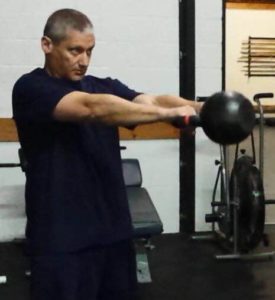 Let’s assume your tower is five stories with roof access. A simple yet challenging circuit may look like this (and it can be done in gym clothing or turnout gear, depending on your current level of conditioning):
Let’s assume your tower is five stories with roof access. A simple yet challenging circuit may look like this (and it can be done in gym clothing or turnout gear, depending on your current level of conditioning):
- Ground Level: 10 push-ups
- First Floor: 10 air squats
- Second Floor: Plank for 30 seconds
- Third Floor: 10 lunges
- Fourth Floor: Bear crawl for 100 feet
- Fifth Floor: 10 supine leg lifts
- Roof: 10 burpees
If you prefer to make the circuit more firefighter-specific, incorporate common fireground tasks into the mix. Here’s an example of a more traditional firefighter circuit:
- Ground Level: Ground ladder raise and climb
- First Floor: Dummy drag for 100 feet
- Second Floor: Forcible entry (10 horizontal sledge hammer / tire strikes each side)
- Third Floor: Hose drag for 100 feet
- Fourth Floor: Ceiling pull simulation (10 reps each side)
- Fifth Floor: Heavy equipment carry for 100 feet
- Roof: Ax Chops (10 reps each side)
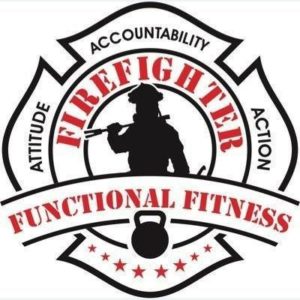 Incorporating functional training at your drill tower has other benefits as well. It helps engage members that may not be as interested in participating in traditional fitness programs, it incorporates positive peer pressure to motivate firefighters, it is adjustable based on levels of conditioning, and it can increase individual work output since it is a group activity (this is known as the Kohler effect).
Incorporating functional training at your drill tower has other benefits as well. It helps engage members that may not be as interested in participating in traditional fitness programs, it incorporates positive peer pressure to motivate firefighters, it is adjustable based on levels of conditioning, and it can increase individual work output since it is a group activity (this is known as the Kohler effect).
Functional fitness doesn’t have to be complicated. Including functional fitness in your overall health and wellness program will reduce your chance of injury and cardiovascular risk while simultaneously increasing performance and longevity.
Take your fitness to the next level, visit: FirefighterFunctionalFitness.com for more information.
Written by: Dan Kerrigan, MS, EFO, CFO

Dan Kerrigan, MS, EFO, CFO is co-author of the best selling book Firefighter Functional Fitness, a career chief fire officer, and international speaker on firefighter health and wellness. He is a certified Peer Fitness Trainer and Group Fitness Instructor, and he serves as an at-large director on the International Association of Fire Chiefs Safety, Health, and Survival section.


